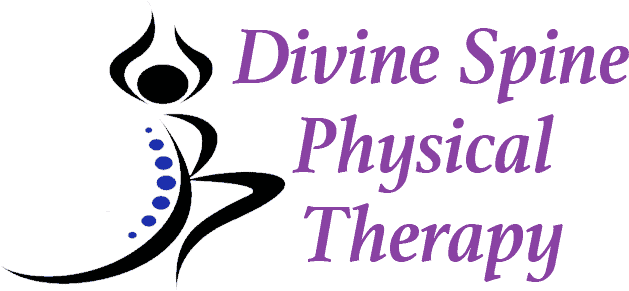Want to Fix Lower Back Pain? Try These 3 Simple Tips!
With over-dependence on prescription medication on the rise, many people with lower back pain are looking for a simpler solution. And according to a study in the BMC Health Services medical journal, physical therapy can prevent dependencies while reducing the cost to the patient. In fact, your physical therapist can not only help your lower back pain during your sessions, but they can provide simple strategies to carry into your daily life. Here are three pain-reducing techniques you can undertake both at home and during physical therapy.
1. Work Those “Hammies”
Your hamstring muscles can play a key role in whether or not your lower back joints become over-stressed. When the backs of your upper thighs are too tight, your lower back has to do too much work to compensate. Stretching your hamstrings helps lengthen those muscles. It also may soothe your lower back — especially when it’s in spasm.
A physical therapy session can get you on the right track to specific hamstring muscles. In the meantime, try bending over and reaching for your toes twice a day. Don’t strain as you reach down, and try not to lock your knees. If you feel any pain at the outset, discontinue the exercise, and talk to your physical therapist about alternative “hammie” lengtheners.
2. Go to Extremes
Alternating hot and cold compresses and packs on your lower back can provide significant relief. You don’t have to alternate if you prefer just cold treatment or heat therapy only. But often alternating the two extremes helps provide a fuller range of benefits.
Heat increases circulation, and with that extra blood flow comes the healing properties found in your bloodstream. Hot compresses and packs also ease pain by blocking “signals” running from the nerves in your lower back toward your brain. Cold packs come to the rescue with their ability to numb pain, halt spasms, and reduce swelling in the affected area
During physical therapy, you’ll receive expert applications of these hot and cold packs. Your physical therapist can also recommend the best types of hot or cold therapies for your specific condition. As a general rule, ice packs and heating pads are good all-around options. Both are also inexpensive and readily available.
3. Balance Rest With Activity
Bed rest can certainly be the best initial prescription for lower back pain in pain cases. That’s especially true if your pain comes from an injury or re-injury. In fact, resting while applying ice packs is a time-honored way of reducing swelling in the first day or two.
For chronic lower back pain, however, moving around is better medicine than lying around. Activity releases your natural endorphins, which have pain-killing properties, as well as mood-lifting qualities. Of course, don’t overdo your workouts before consulting a professional, but taking a walk is a great way to gently limber up your back while releasing those helpful endorphins. If it helps, wear a brace to support your lower back as you move.
Physical therapy is an important exercise option. It delivers the benefit of exercise — under the watchful eye of a professional. Your physical therapist can warn you about moves that risk re-injury. She’ll also work with you on flexibility and strengthening moves. These exercises build up the muscles that support your spine, to ease lower back pain. They also help provide greater range of motion as you work through that back stiffness.
Not sure where to begin when it comes to treating your lower back pain? Contact our office to arrange an evaluation. During your first session, you can get started on learning how to make simple changes that decrease the severity and frequency of your lower back pain episodes.
